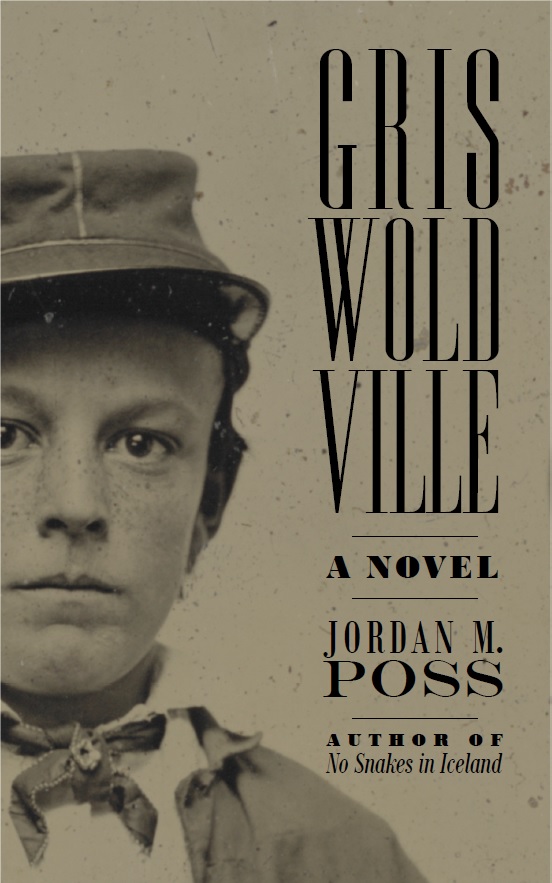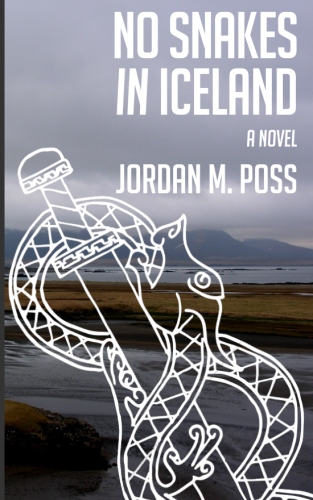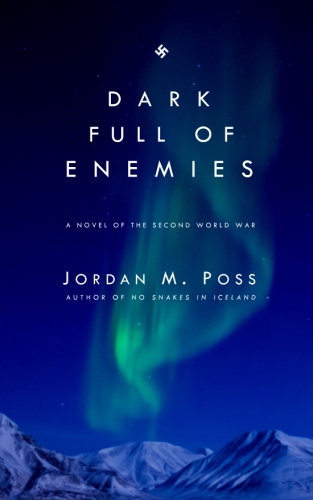Norm Macdonald on subversion, suffering, and art
/Comedian Norm Macdonald died of cancer earlier this week aged 61. Yesterday I came across this long, wide-ranging, and surprisingly poignant interview with him by a writer at Vulture in 2018. The whole thing is worth reading, but here are a couple insightful moments on matters I care a lot about.
Art and subversion
From a discussion of Bob Dylan, who began to “say things” with his music rather than simply sing love songs, Macdonald and the interviewer move into a discussion of satire, parody, and political messaging in comedy:
Macdonald: Comedy has a specific thing about it. I don’t really like satire. I think it’s very minor; I think parody is very major comedy. Like, Nabokov to me is the highest form of parody. But that stupid Jonathan Swift thing that everybody talks about—I read that. It sucked.
Vulture: Gulliver’s Travels?
Macdonald: Yeah, it’s horrible. So I don’t like satire that much, and also these guys [contemporary talk-show hosts] are nightclub comics. They’re not Bob Dylan. They’re just guys, and they get talk shows and suddenly they’re telling me how I shouldn’t be sad because of the Manchester bombing and I can escape the horrors of life because they’re going to interview someone from Two Broke Girls or whatever the fuck they do. When I was a kid, if I’d heard Red Skelton talking about the government I would’ve thought, This is fucking weird. To me, it hurts the comedy any time anything real creeps into it. I know people have different thoughts. I keep hearing how great Lenny Bruce and Bill Hicks and Mort Sahl are. People have their own taste, but to me, all three of those people are just shit. They’re not comedians in my mind.
There’s a digression about a particular stand-up comic—including Macdonald, true to form, making a phone call in the middle of the interview—before they return to the idea of artists trying to get a message out:
Vulture: I guess my larger question is if you think this shift in the kind of attention paid to comedy, and the work that’s held up as a result, is a bad turn for comedy as a whole or if you just think this is not for me?
Macdonald: It’s hard for me to say . . . but anybody that tells me that stand-up is no good—I take that personally because I’m a stand-up. But I understand these people are trying to be heard and, you know, I was guilty of having that stupid idea that Drew Michael already did. I probably wouldn’t have done it anyway.
Vulture: Why not?
“Because stand-up is a form and to subvert something, you have to do it perfectly first.”
Macdonald: Because stand-up is a form and to subvert something, you have to do it perfectly first. I remember somebody showed me a talk show with “subversion” in it—the guy chainsawed his desk. It was so stupid. Why did you build a desk in the first place if you were only going to chainsaw it? Don’t have a fucking desk! You just want little drops of subversion. Letterman in the ‘80s would be 90 percent a great talk show and then 10 percent subversion. If you get to 30 percent subversion, you’re in Andy Kaufman land. If you get to 70 percent, you’re a guy on the streets screaming at people. What are you trying to subvert anyway? Entertaining people? It’s absurd.
Vulture: And you see the kind of subversion we’re talking about as a form of intellectual grandstanding?
Macdonald: Certainly. And for stand-up, a lot of it is bragging.
Too much art today tries to subvert its own form without first mastering it, and thereby earning the right to poke at the form. You could say such an artist is sawing off the branch he’s sitting on, but that cliché assumes there’s already a tree there. These artists are sawing off limbs that were never growing from trees. Per Macdonald, a great deal of this trend is down to political messaging and intellectual pretension.
(The classic example of subversion done right is Picasso, who could actually paint but made conscious artistic decisions to depart from more realistic representational traditions. Also: Monty Python, who as a group knew the Arthurian legend backwards and forwards when they set out to spoof it.)
Art and self-revelation
I mentioned that the interview is poignant, because Macdonald mentions cancer as the kind of suffering that self-consciously self-revelatory, soul-baring comedians and performers think makes them authentic. “They seem to think they’re singular in their story when their story is the most common story that could possibly be, which is suffering and pain.” Simply feeling pain and talking about it is not art, Macdonald suggests. Art requires more.
Questioned on this by the interviewer, who notes Macdonald’s admiration for Canadian writer Alice Munro, Macdonald replies: “But Alice Munro doesn’t wallow in self-pity.” An important difference. “Munro finds beauty in what she writes, and that’s what every artist does because life sucks, you know?”
And then the other passage of Macdonald’s comments that I really appreciated:
“I guess there came a time . . . when revealing everything started to be considered art. I’d always learned that concealing everything was art.”
I guess there came a time, and I missed it, when revealing everything started to be considered art. I’d always learned that concealing everything was art. And I still believe that, because comedy is a vulgar art; it’s an art that’s just beginning to take form because it’s so young. But I can look at other art forms and see how postmodernism has destroyed them, and now threatens to destroy stand-up. It’s the height of narcissism to write meta-comedy, because people aren’t interested in comedy. They’re interested in going home after shoveling shit all day and then seeing some fool perform. That’s not to say that comedy can’t make a greater point, because it can. But it can’t make a greater point by screeching to a stop in the middle of the comedy show, making a point, and then going back to the jokes. You’ve got to craft the point into the joke. I always bristle when people say, “The comedian is the modern-day philosopher.” There are modern-day philosophers.
And, again, Macdonald is making these comments while suffering from cancer.
That’s a real authenticity that places Macdonald in the company of Chadwick Boseman, whose untimely death from colon cancer last year came as a shock. For Macdonald and Boseman, their personal suffering—much less their political views—wasn’t the stuff of art, and they wanted what they presented to their public to be the best they could make it. An admirable and selfless devotion to craft.
Deathbed confessions
I’ll conclude with the excerpt—little more than a quip—that brought the interview to my attention yesterday when Alan Jacobs shared it on his blog:
Vulture: I can imagine being on my deathbed and thinking, Why did I waste so many meals on yogurt?
Macdonald: Absolutely. You know, I think about my deathbed a lot.
Vulture: What do you think about it?
Macdonald: I think I should never have purchased a deathbed in the first place.
Norm Macdonald, RIP.

















